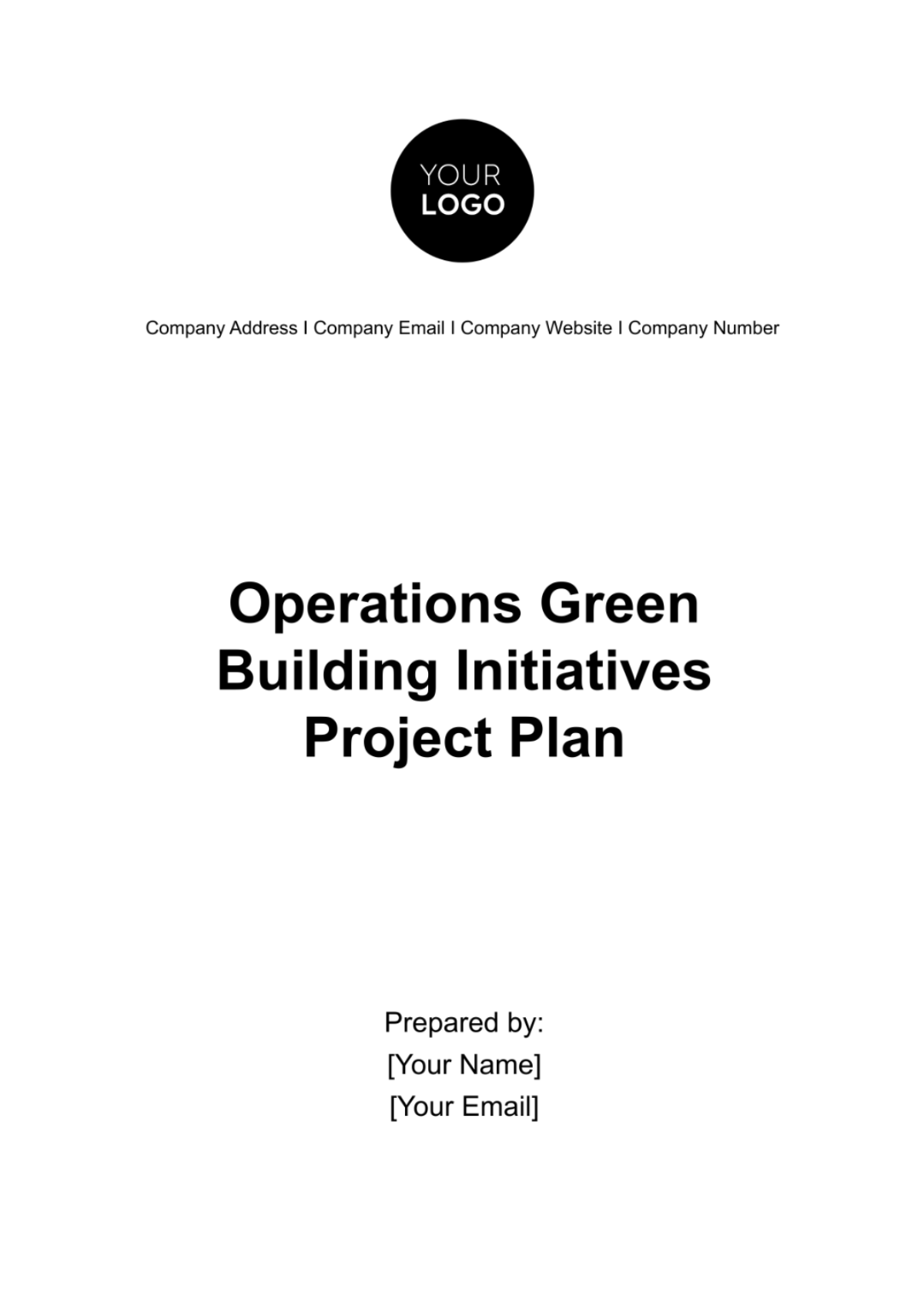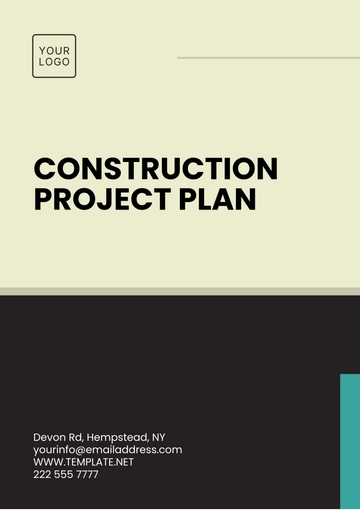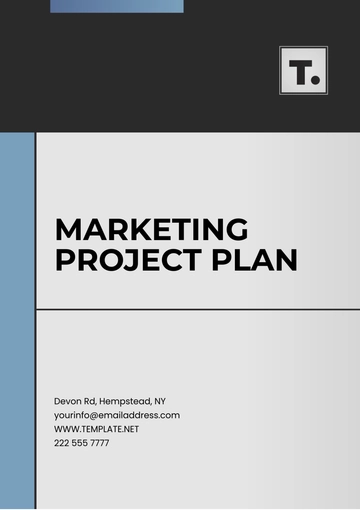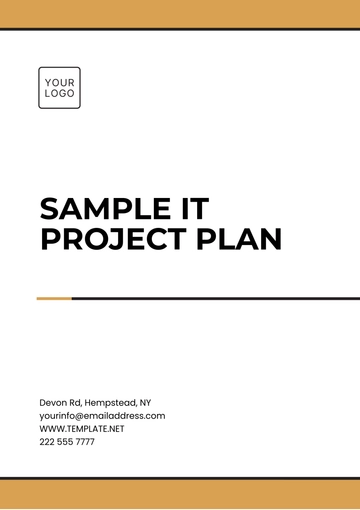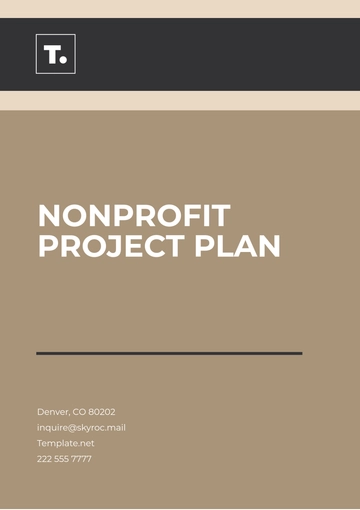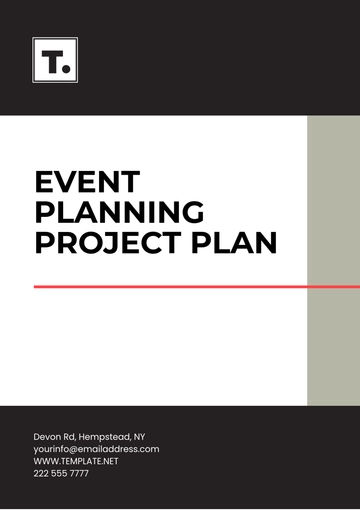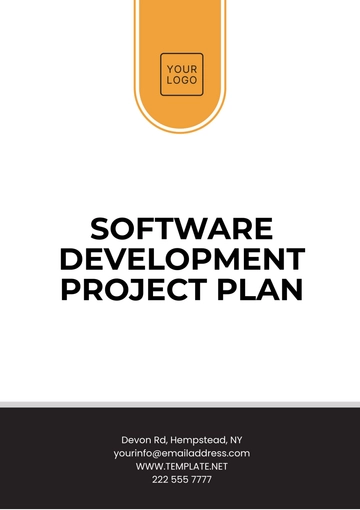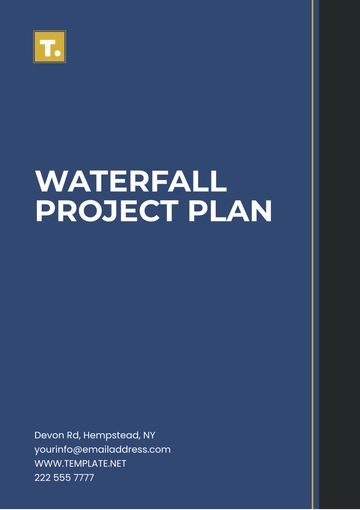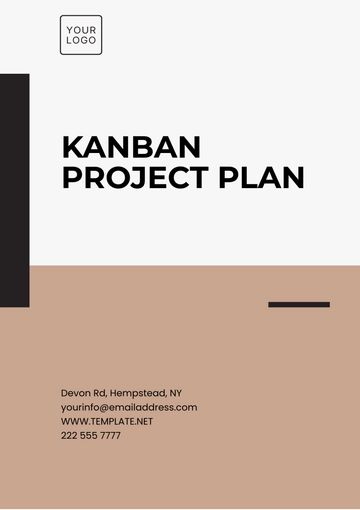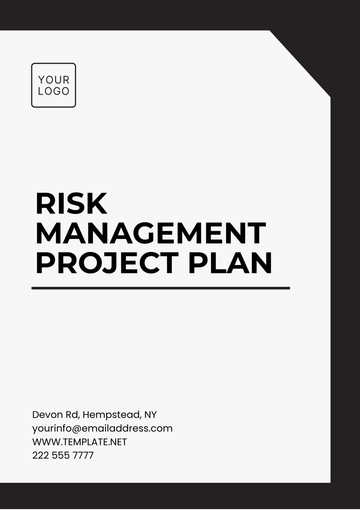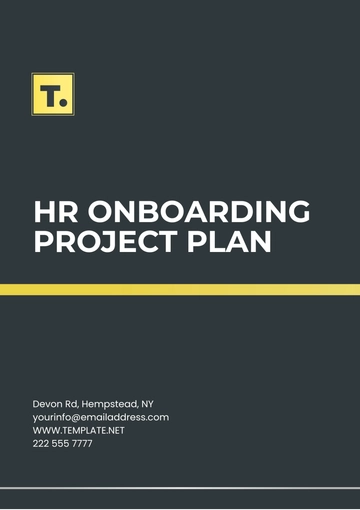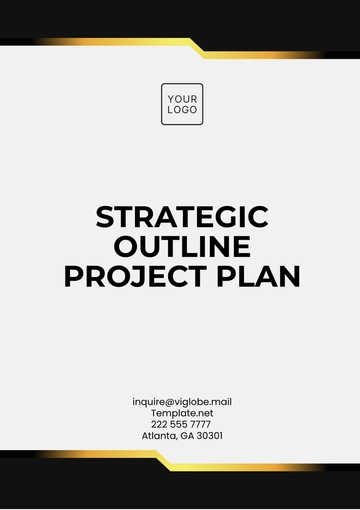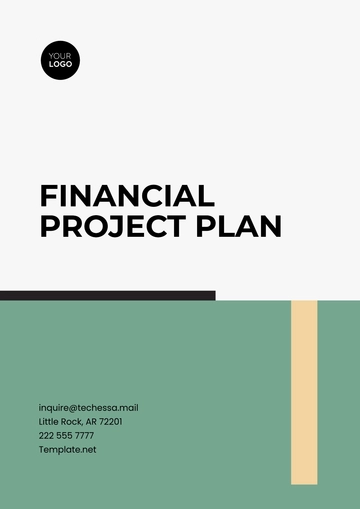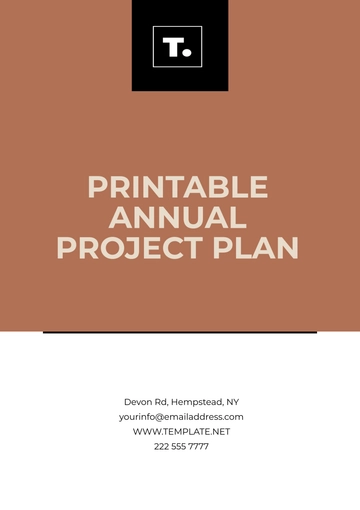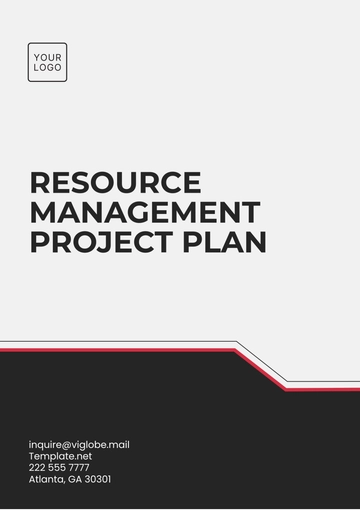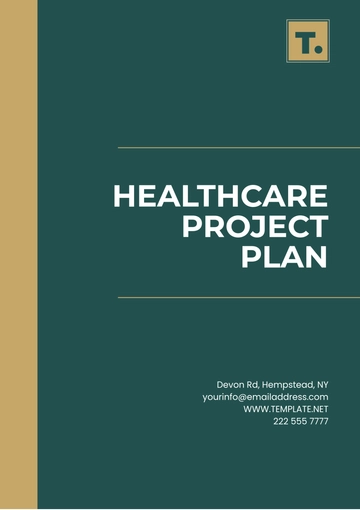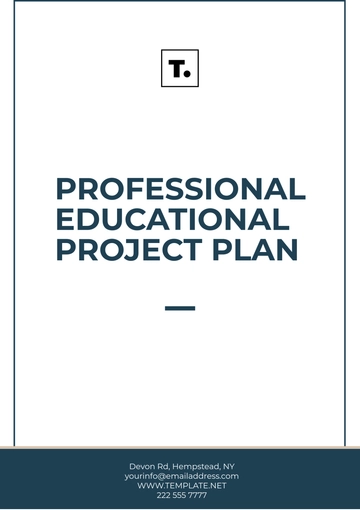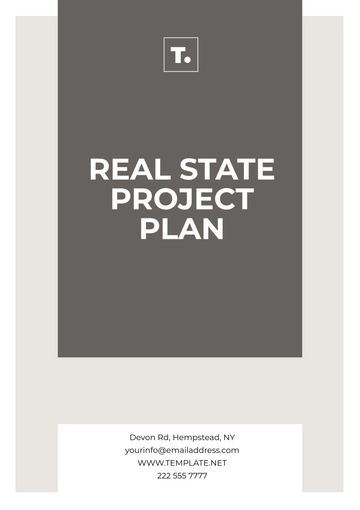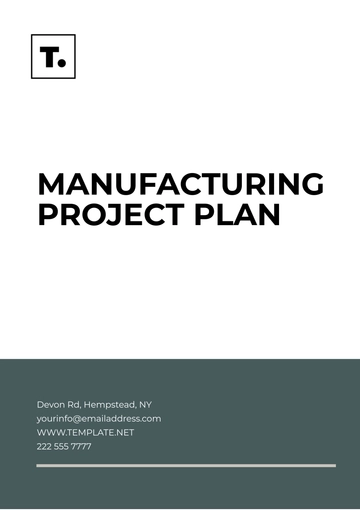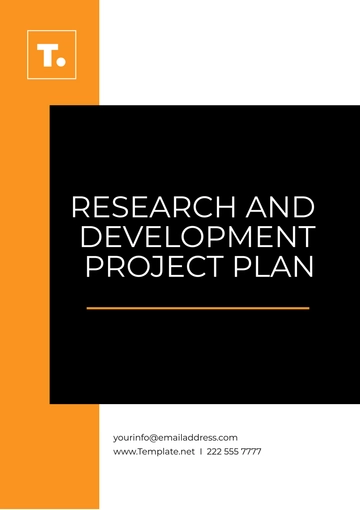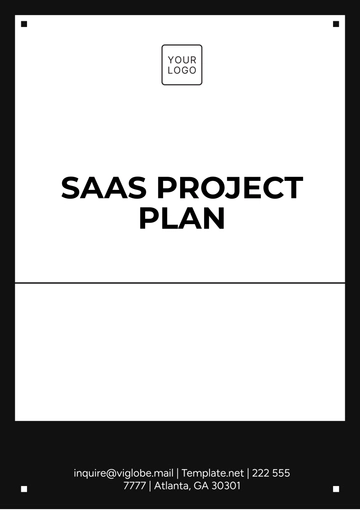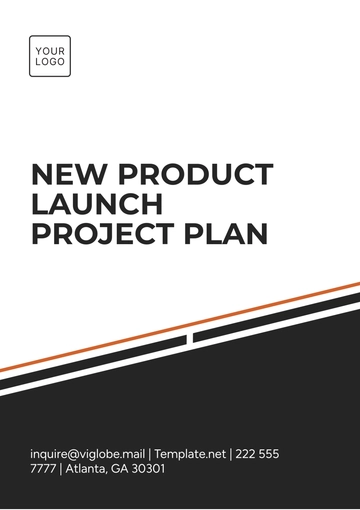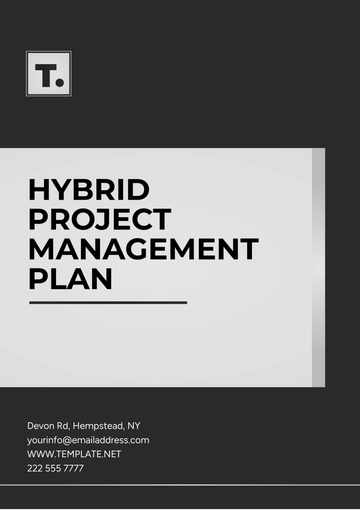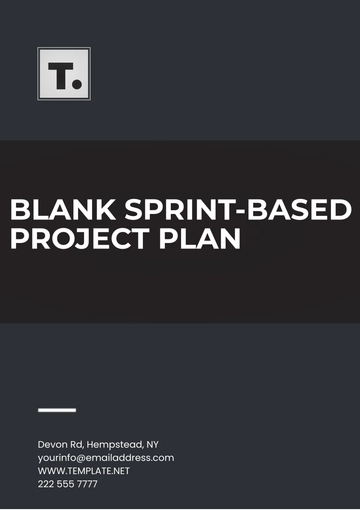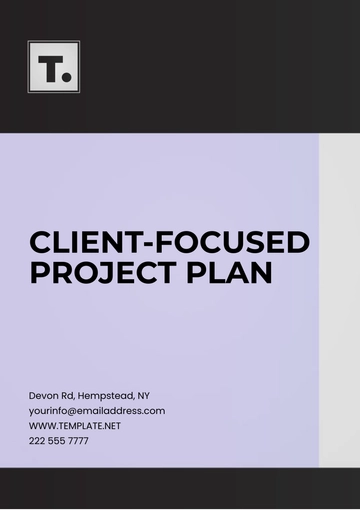Operations Green Building Initiatives Project Plan
Prepared By: | [Your Name] |
Company: | [Your Company Name] |
Date: | [Date] |
1. Introduction
This Operations Green Building Initiatives Project Plan is designed to ensure the successful implementation and operation of sustainable practices throughout the lifecycle of the building. The plan focuses on creating an environmentally friendly building that meets or exceeds sustainability standards, reduces energy consumption, promotes resource conservation, and enhances the quality of life for its occupants.
The objectives of this project include obtaining certifications such as LEED (Leadership in Energy and Environmental Design), reducing the building’s carbon footprint, and integrating green technologies to ensure long-term operational efficiency.
2. Project Objectives
Energy Efficiency: Achieve at least a 30% reduction in energy consumption compared to a conventional building.
Water Conservation: Reduce water usage by 25% through the installation of low-flow fixtures and water-efficient landscaping.
Waste Management: Divert at least 75% of construction waste from landfills and establish a sustainable waste management system for building operations.
Sustainable Materials: Use at least 50% recycled, locally sourced, or sustainably produced materials in construction and operations.
Indoor Environmental Quality: Improve indoor air quality and lighting systems to provide healthier and more comfortable spaces for occupants.
3. Stakeholders
Project Manager: Oversees the project, ensures timelines are met, and coordinates between stakeholders.
Sustainability Consultant: Provides expertise on green building practices, certifications, and environmental standards.
Architects and Engineers: Design sustainable and energy-efficient building systems and structures.
Construction Team: Implements green construction methods and installs energy-efficient and eco-friendly materials.
Facility Manager: Maintains the building’s operational efficiency, including energy, water, and waste management.
Building Occupants: Use the building and are encouraged to adhere to sustainable practices.
Regulatory Authorities: Ensure compliance with local building codes, environmental regulations, and sustainability certifications.
4. Green Building Initiatives
4.1. Energy Efficiency
Objective: Reduce overall building energy use by 30% through a combination of efficient systems, technologies, and renewable energy sources.
Actions:
Install high-performance insulation and energy-efficient windows.
Use LED lighting and automated lighting controls.
Incorporate renewable energy solutions, such as solar panels or geothermal systems.
Implement an energy management system (EMS) for real-time monitoring and control of energy use.
4.2. Water Conservation
Objective: Reduce water consumption by 25% through efficient plumbing systems, fixtures, and landscape management.
Actions:
Install low-flow toilets, faucets, and showerheads.
Utilize rainwater harvesting systems for irrigation purposes.
Design xeriscaping (water-efficient landscaping) with drought-tolerant plants.
4.3. Waste Reduction and Recycling
Objective: Divert 75% of construction and operational waste from landfills.
Actions:
Develop a comprehensive waste management strategy that includes recycling and composting programs.
Use modular construction techniques to minimize material waste.
Source materials with a focus on reducing packaging waste.
4.4. Indoor Environmental Quality
Objective: Improve the health and comfort of building occupants by enhancing indoor air quality, lighting, and acoustics.
Actions:
Use non-toxic paints, adhesives, and finishes to reduce indoor air pollutants.
Install high-efficiency HVAC systems with advanced filtration to improve air quality.
Design spaces with ample natural light and provide energy-efficient artificial lighting.
4.5. Sustainable Materials
Objective: Use sustainable and locally sourced materials to reduce the environmental impact of building construction.
Actions:
Choose materials with low embodied energy, such as recycled content, bamboo, and sustainably harvested wood.
Ensure materials meet certifications such as FSC (Forest Stewardship Council) or Cradle-to-Cradle.
5. Timeline and Milestones
Phase | Duration | Milestone |
|---|
Planning and Design | 3 months | Finalize green building strategy and secure design approvals. |
Procurement and Construction | 12 months | Complete construction with green standards met for materials and systems. |
Commissioning and Certification | 2 months | Achieve LEED Gold certification and perform final system checks. |
Operations and Maintenance | Ongoing | Implement energy and water management systems and waste reduction strategies. |
6. Budget Overview
Category | Estimated Cost |
|---|
Sustainable Design & Consulting Fees | $500,000 |
Energy-Efficient Systems Installation | $1,200,000 |
Renewable Energy Installations | $700,000 |
Water Conservation Systems | $400,000 |
Construction Waste Management | $150,000 |
Certification & Compliance Costs | $100,000 |
Total Project Cost | $3,050,000 |
7. Performance Metrics
Energy Use Intensity (EUI): Target a 30% reduction in EUI compared to conventional buildings.
Water Use Reduction: Achieve a 25% reduction in water consumption.
Waste Diversion Rate: Divert at least 75% of construction and operational waste from landfills.
Indoor Air Quality: Achieve a high IAQ score as part of the LEED certification.
Occupant Satisfaction: Survey occupants annually to ensure a satisfaction score of 80% or higher regarding comfort and indoor air quality.
8. Reporting and Monitoring
Monthly Progress Reports: Track energy, water, and waste performance against baseline goals.
Post-Occupancy Evaluation: Evaluate the performance of the building in terms of energy savings, water conservation, and occupant satisfaction within the first 12 months of operation.
Continuous Improvement: Conduct annual audits to identify additional opportunities for sustainability improvements, such as incorporating new green technologies.
9. Conclusion
The Operations Green Building Initiatives Project Plan is a comprehensive guide that outlines the necessary actions to develop, construct, and operate a sustainable, environmentally friendly building. By implementing these green building initiatives, the project aims to create a space that reduces environmental impact while enhancing occupant health and comfort. Successful execution of this plan will lead to the achievement of LEED Gold certification and ensure that the building continues to operate efficiently throughout its lifecycle.
Plan Templates @ Template.net
